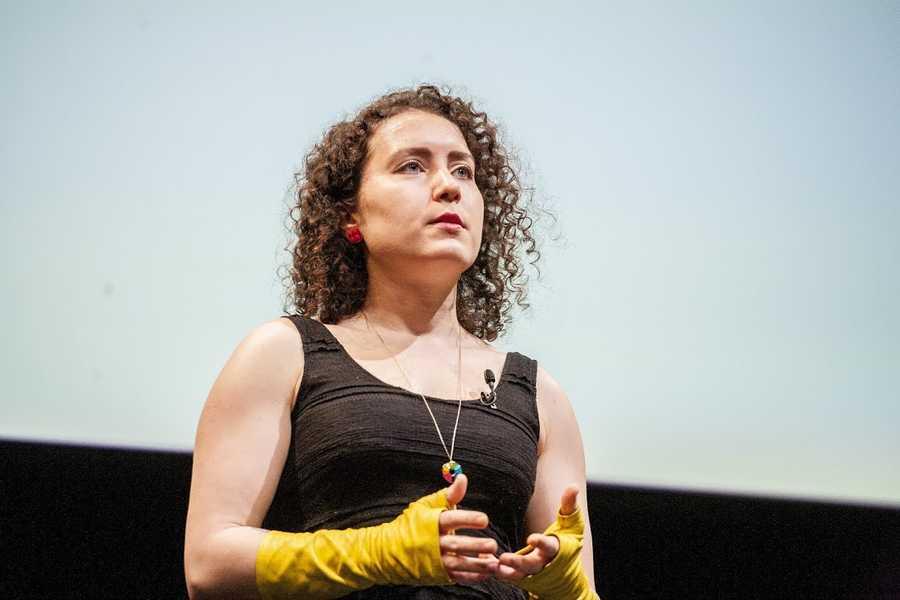3 Note Taking Strategies of Highly Successful Entrepreneurs and Leaders
Curated from: blog.remarkable.com
Ideas, facts & insights covering these topics:
7 ideas
·61.2K reads
217
1
Explore the World's Best Ideas
Join today and uncover 100+ curated journeys from 50+ topics. Unlock access to our mobile app with extensive features.
The Art of Note-Taking
Even in an age where laptops rule, notetaking is still the tool of choice for highly successful students, entrepreneurs, and leaders.
Tim Ferris attributes his notetaking style as one of the most important skills of his success. Bill Gates and Richard Branson are both fanatic note-takers.
There isn't a one-size-fits-all note-taking strategy, you have to find one that is right for you.
2.82K
13.4K reads
The Cornell Method
This simple and highly systematic note-taking method helps you to understand key ideas and relationships easily. Best used for:
- Gathering information from a seminar or presentation.
- Recording college lecture notes.
- Studying literature or a textbook.
2.64K
10.1K reads
Cornell Method: How to take notes
- Write down the lecture name/seminar/reading topic at the top of the page.
- Write down notes in the largest section of the page (right-hand column). Transcribe only the facts using bulleted lists and abbreviations. Take notes of questions that arise.
3. Create question cues in the left-hand column that you will use later as a study tool. - At the bottom section of the page, summarize the main ideas of your notes. Ask yourself how you would explain this information to someone else. Keep it concise.
Read over your notes in the left-hand column and summary at the bottom as often as possible. Quiz yourself with the questions you've included in the left column. Repeat often to increase your recall and deepen your comprehension.
3.24K
8.07K reads
The Maria Popova Method
Her strategy follows an idea indexing method to quickly and easily grasp the concept of an entire book. It makes understanding and quoting concepts very easy.
This will be extremely useful to medical and science professionals looking for an efficient way to reference papers and journals. Students who want to improve their reading study and anyone interested in self-study will also benefit from this method.
2.65K
8.3K reads
The Popova Method: How to take notes
- Create a title on top of the page.
- Start building your ideas index: As you're reading, list the topics and ideas that seem to be important and reoccurring. Use short sentences. Use one idea per line.
- Record the pages: Underneath every idea or concept heading, record the page where the reference appears.
- Highlight the quote/passage/reference: When you find quotes and passages relating to your key ideas, highlight this place in the book you're reading.
Your index list will grow as you continue reading. You will no longer read every annotation. The index will direct you to exactly where to find it.
3.12K
7.6K reads
The Charting Method
The system uses columns to systematically and clearly organize information. It's great when you need to memorize loads of facts and study relationships between topics.
History and medical students are particular fans because it makes memorizing facts easier than using the traditional line-by-line note-taking method.
2.5K
6.58K reads
The Charting Method: How to take notes
- Determine the columns you'll need. e.g. date/event/impact/pros & cons, etc. The average amount of columns is usually between 4 and 6.
- Create a document title on the top of the page.
- Label your columns with the name of your categories.
- Start note-taking. Write out each fact under its relevant column. Keep it concise by using abbreviations, shortcuts, and your own personal code devices.
2.73K
7.08K reads
IDEAS CURATED BY
Spending a large amount of time with someone literally causes you to pick up their habits. Choose your friends wisely.
Holden P.'s ideas are part of this journey:
Learn more about problemsolving with this collection
How to challenge assumptions
How to generate new ideas
How to break out of traditional thinking patterns
Related collections
Similar ideas
5 ideas
The Best Note-Taking Methods
medium.goodnotes.com
5 ideas
Best Note-Taking Methods | Productive Fish
productive.fish
6 ideas
How To Take Study Notes: 5 Effective Note Taking Methods
oxfordlearning.com
Read & Learn
20x Faster
without
deepstash
with
deepstash
with
deepstash
Personalized microlearning
—
100+ Learning Journeys
—
Access to 200,000+ ideas
—
Access to the mobile app
—
Unlimited idea saving
—
—
Unlimited history
—
—
Unlimited listening to ideas
—
—
Downloading & offline access
—
—
Supercharge your mind with one idea per day
Enter your email and spend 1 minute every day to learn something new.
I agree to receive email updates


